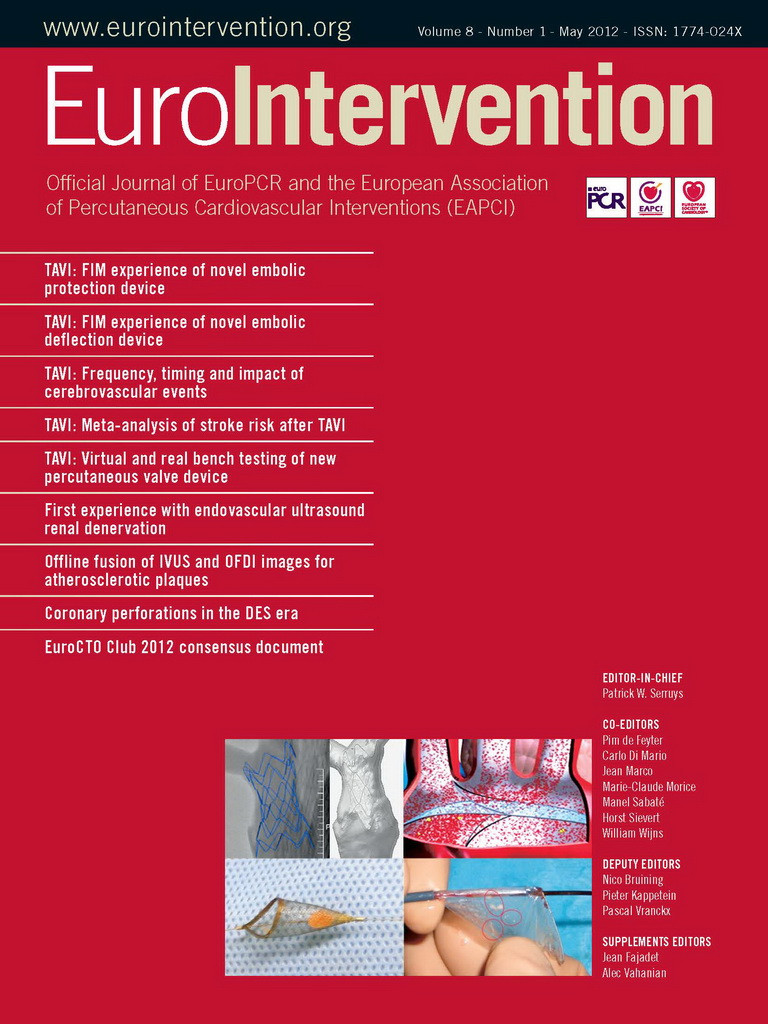Medicine has advanced towards increasingly sophisticated procedures, practised in increasingly urgent circumstances. This has required increasingly sophisticated equipment and improved qualification of those practising this medicine, with the inevitable consequence for society that operational costs have escalated. Obviously, in a well-designed health system, the savings provided by the patient’s recovery should cancel out the cost of treatment. It is not for the medical community but for the politicians who are elected to take such decisions, to decide whether or not to invest. The latter should, however, speak a clear language and avoid declaring that the health system is an absolute priority, whilst at the same time doing nothing. Deciding to invest in technology is a simple matter and can be summarised as a money and material-use time optimisation issue. Deciding to invest in practitioners is a far bigger problem.
The management of cerebrovascular accident (CVA), commonly named “stroke”, is a typical example of this medical dilemma. It is also an interesting illustration of the debate that can occur between different health workers. The cornerstone of CVA treatment since the 1990s has been the administration of intravenous fibrinolytic therapy. Its efficacy against placebo has been proved in many randomised studies within a now widely accepted window of opportunity of up to 4½ hours following the onset of symptoms. In France, a nationwide network of stroke units has been set up thanks to the strong involvement, intelligence and political implication of the community of neurologists. The aim of these stroke units was to provide round-the-clock systemic intravenous fibrinolytic therapy for patients suffering ischaemic CVA, a therapy that is technically simple to provide, under the responsibility of a senior neurologist. Yet by the end of the 1990s and the first years of this century, a growing interest for in situ intra-arterial fibrinolysis foreshadowed a move towards more sophisticated and invasive intra-arterial procedures.
We are now at the point where mechanical arterial thrombectomy is supplanting “chemical” systemic venous thrombolysis. In the past three years, interventional neuroradiology has revolutionised the treatment of ischaemic stroke. Interventional neuroradiologists have shown incredible ingenuity and managed to adapt existing therapeutic devices (the most effective of which were not originally designed for mechanical thrombectomy) for use in what is certainly sophisticated, but above all, highly efficient endovascular surgery.
Arterial recanalisation therapy can be provided in an emergency, under general anaesthetic, if, and only if, a multidisciplinary team comprising anaesthetic and neuroradiological staff is present in a medical structure equipped with the adequate technology. Setting up multidisciplinary structures of this type is a decision that can be taken by health authorities and hospital administrations. Deciding to train a sufficient number of specialists capable of practising this highly specialised surgery is a political decision in which public interest is at stake. Unfortunately, the shortage of medical doctors in many European countries, including France, and especially of specialised physicians qualified in the field of endovascular radiology, is a major curb on implementing a real neuroradiological network.
In this context, certain neurologists have themselves envisaged practising endovascular thrombectomy procedures. From a theoretical point of view, this is perfectly acceptable. A physician qualified in neuroscience should be able to reorientate his career and devote himself to the full-time practice of another discipline, even if this means crossing the Rubicon from physical medicine to endovascular surgery, considered often, and mistakenly, a non-invasive procedure, particularly in the minds of those who do not practise it.
On the other hand, to practise endovascular mechanical thrombectomy just occasionally, in order not to lose out on an activity that one had never imagined could evolve in a different direction, is a completely different proposition, fuelled by highly questionable motivations and one that should be rejected outright. No one can ignore that these are potentially dangerous procedures, requiring many years of training and experience before the practitioner achieves total mastery. One cannot possibly ethically propose this type of surgery to a patient, at a moment when his life may be at stake, if the practitioner does not have this mastery and, even more importantly, if the surgery is not carried out in an environment where daily practice maintains its quality and guarantees long-term improvement. Either the context is optimal or the practitioner should abstain. There is no place for “amateurism” in this debate. The cuckoo that lays its eggs in the nest of another bird can be envisaged in the case of humanitarian medicine; it has no place in normal organisational strategy.
That said, we must now provide for patients suffering cerebral stroke the best up-to-date emergency treatments in the best setting. A global “neuro” environment is obviously essential, comprising neurologists, interventional neuroradiologists, neurosurgeons and neuro-intensive care specialists. Finding enough qualified physicians remains the main problem. In this context, it would seem logical (a euphemism) to make use of the skill and proficiency of physicians who already perform endovascular treatment on a routine basis and are perfectly at ease in handling diverse endovascular catheters, namely interventional vascular radiologists and interventional cardiologists. This would enable us to get through the present intermediate stage where demand exceeds supply and the number of interventional neuroradiologists is insufficient to assure round-the-clock stroke care.
Mechanical thrombectomy is a therapeutic success and its development must not be held back by conservatism. Nor should those who curbed its initial development now try to take it over for their own benefit. Interventional neuroradiologists must organise themselves rapidly to train a sufficient number of specialists within the coming five years to satisfy growing demand. If neurologists wish to follow a dedicated training programme and respect the aforementioned code of good practice, they will be welcomed. A certain number of neurosurgeons have already made this choice. But this implies the full-time practice of a new specialisation and an opening on to the new world of what the Anglo-Saxons call “endovascular surgery”. In modern stroke management there can be no place for a mechanical thrombectomy performed between two lumbar punctures.

